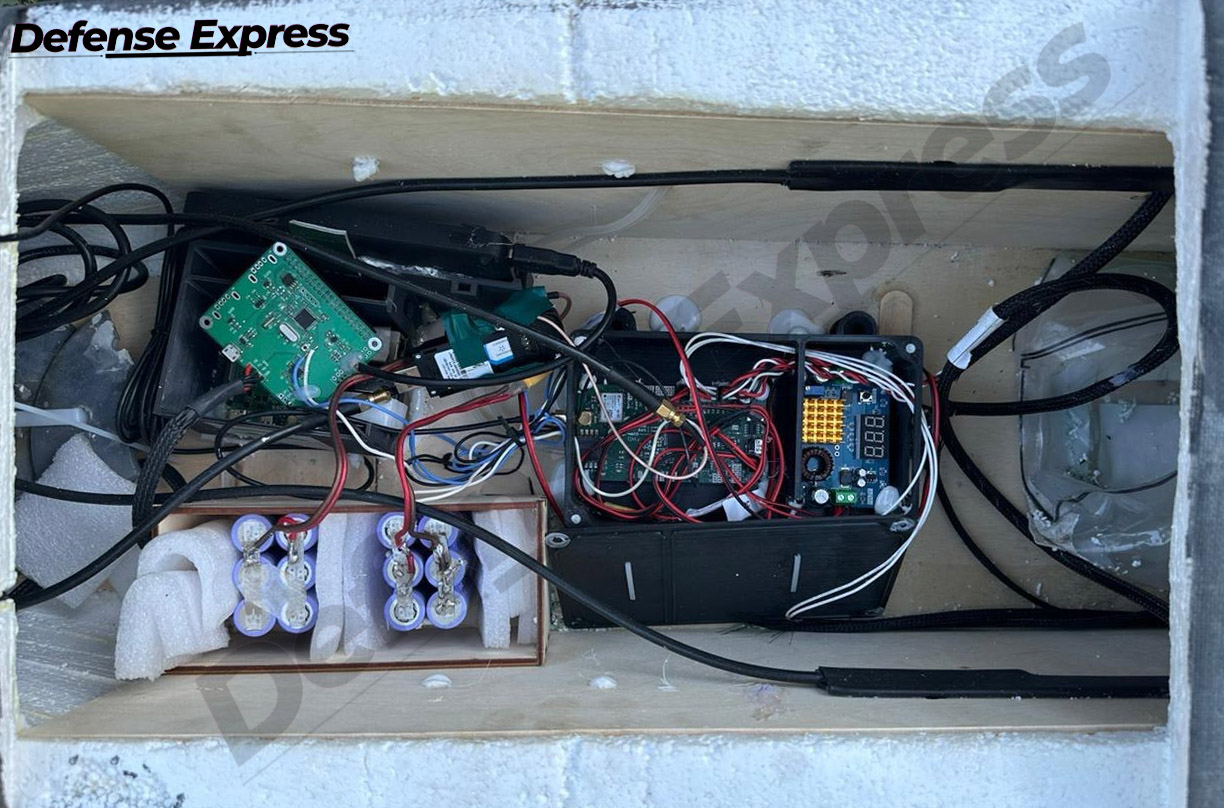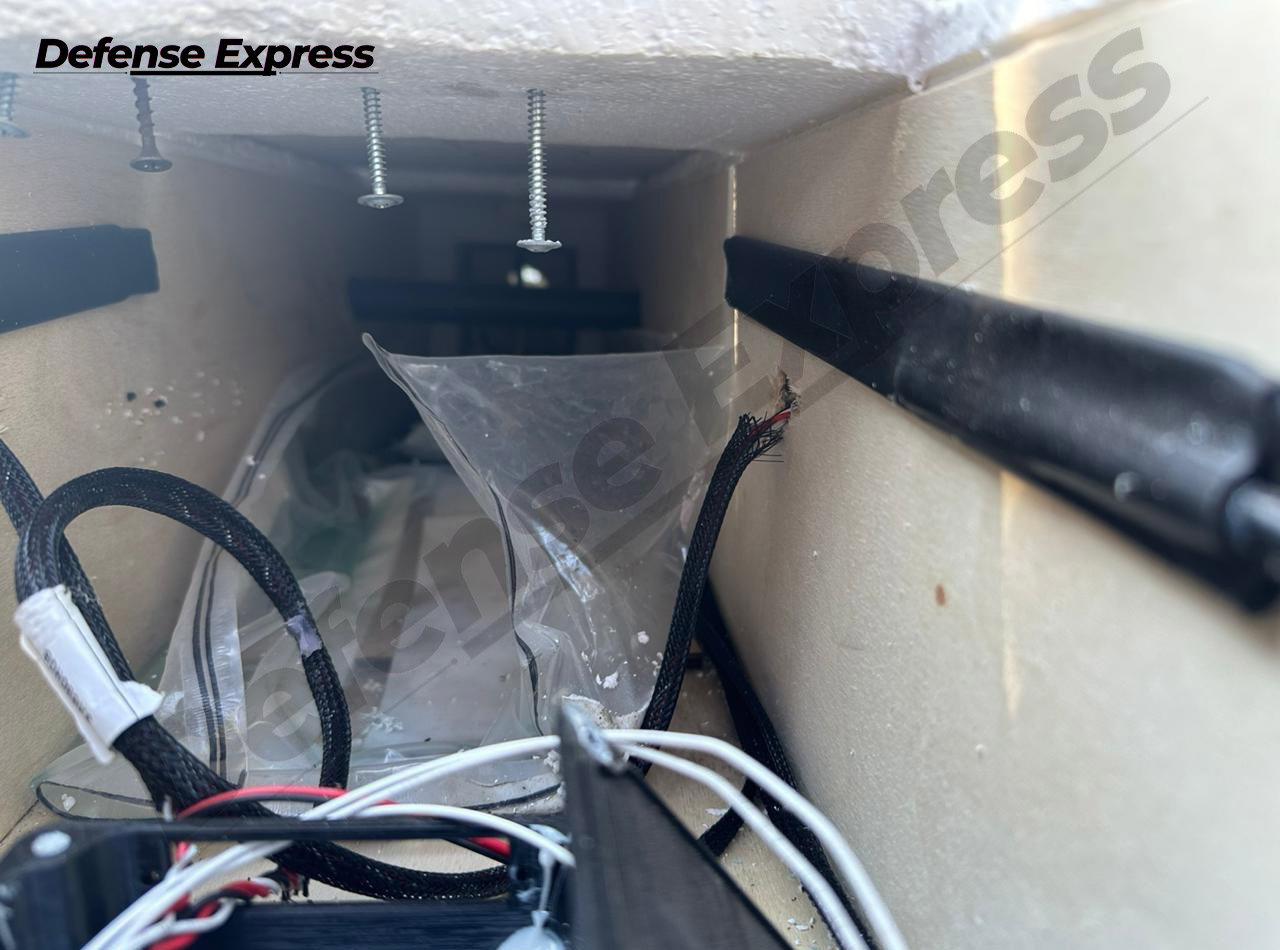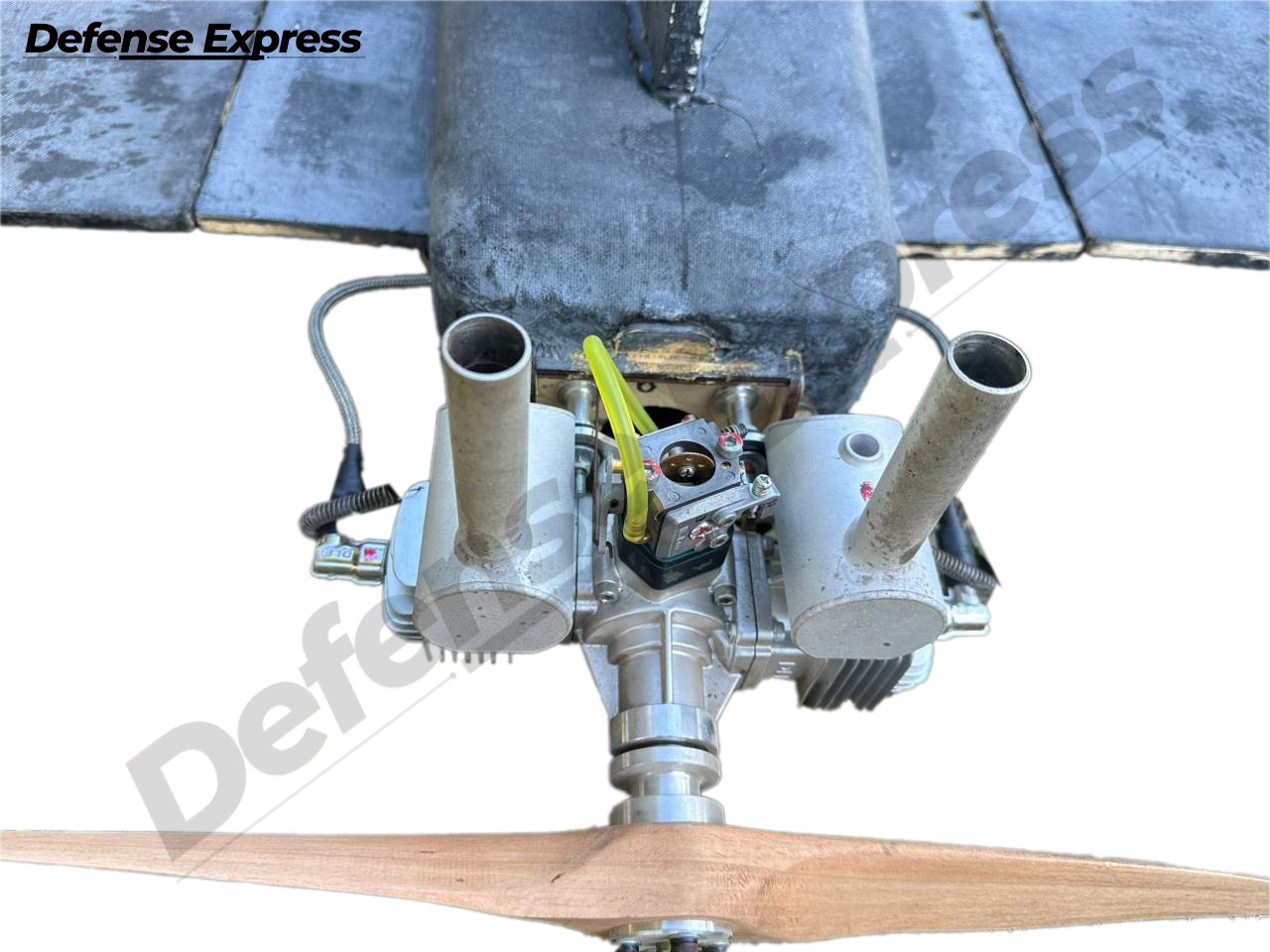New MacGyvered russian Drones Analyzed: Dissecting the Foam UAV with a SIM Card
The russian federation appears to have begun a centralized effort to attract indie drone manufacturers to develop new weapons for use against Ukraine, supported by appropriate financial and production resources.
This initiative is evidenced by two recent incidents involving unidentified aerial drones that were shot down, one over Kyiv on July 20 and another on July 24. These UAVs differed in aerodynamic design and manufacturing techniques but they have one thing in common: the level of implementation suggests they were produced by low-profile, artisanal manufacturers.

The disassembly of one drone revealed it was constructed primarily of foam plastic, a material noted for its lightweight and radio-frequency transparency. The interior hardware compartment, made of plywood, housed navigation and control systems, batteries, and a 4G modem with a SIM card from a Ukrainian mobile network operator, a source told News Hub.

This drone did not carry a warhead. Therefore, it was possibly a prototype for evaluating whether it could travel a certain distance, gather and transmit information.
For a reminder, the use of Ukrainian mobile networks by russian forces is not unprecedented. Previously, SIM cards were found in Shahed killer drones as early as November 2023.
The overall performance level of the drone can be described as poor, reflecting a low production culture and the use of materials commonly available at construction stores.

However, for kamikaze drones, long-term operation is not required; their primary function is to complete a single flight in a lifetime, making cost and ease of manufacture the main priorities.
In general, the drone had a wingspan of about 2.5 meters and a fuselage length just over 2 meters. It was driven by a propeller and equipped with a compact internal combustion engine, which is often applied in small-sized drones.


